Australia Tourism: Wildlife of Australia
Recently updated on January 17, 2025
Total words: 2365
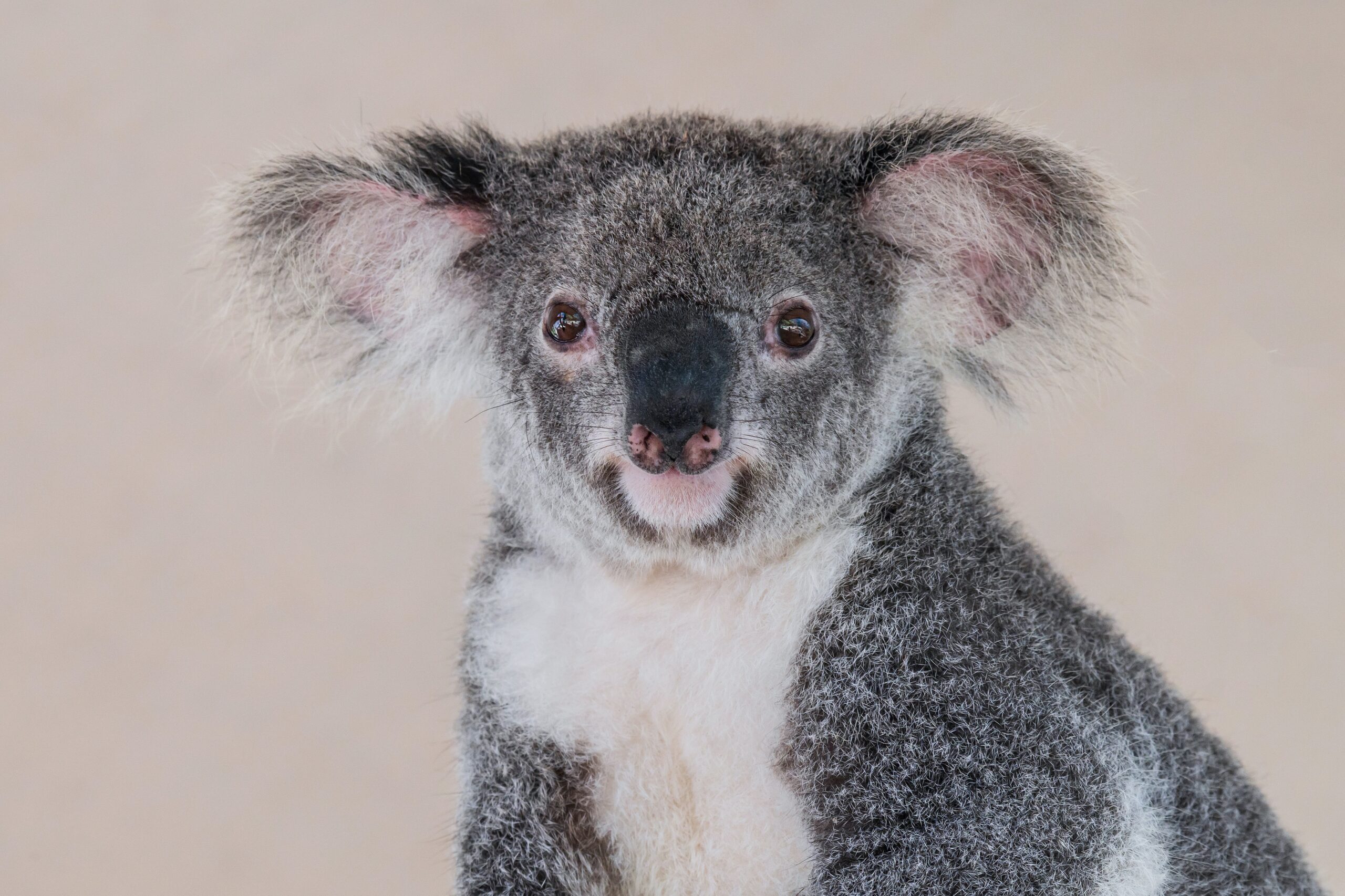
Table Of Content
- What Makes the Wildlife of Australia Unique?
- The Australian Outback and its Animals
- Iconic Species of Australian Wildlife
- The Importance of Conservation for Australia’s Wildlife
- Tips for Viewing and Experiencing Australia’s Wildlife
Introduction
Australia is an amazing destination for tourists and adventurers alike! Whether you’re looking for beautiful beaches, rugged mountains, or some of the world’s most unique wildlife, Australia is sure to have something to offer. In this article, we’ll be exploring the incredible wildlife of Australia, and why it’s a must-see destination for nature lovers. Read on to learn more about this amazing country and its amazing creatures!
What Makes the Wildlife of Australia Unique?
Australia’s wildlife is truly unique, and a major draw for visitors from all over the world. From the iconic kangaroo and koala to the many other animals that call Australia home, the country’s incredible diversity of wildlife is something to be celebrated! But what makes Australia’s wildlife so special? Here, we take a look at some of the features that make Australia’s wildlife unique.
Unparalleled biodiversity – Australia is home to an incredibly diverse range of species, many of which are found nowhere else in the world. This is due in part to the country’s geographic isolation, which has allowed species to evolve in unique ways. As a result, there are over 800 species of birds, 300 species of mammals, and over 400 species of reptiles that are found only in Australia.
Unusual species – Australia is home to a number of unusual and fascinating species, including the duck-billed platypus, the echidna, and the kookaburra. These species can’t be found anywhere else in the world, and many of them have evolved special adaptations to survive in their unique habitats.
Threatened species – Sadly, many of Australia’s unique species are under threat. The country’s unique wildlife is facing a number of threats, including habitat loss, invasive species, and climate change. It is essential that we take action to protect these species and their habitats, so that future generations can continue to enjoy Australia’s incredible wildlife.
Thanks to its unique geography and long isolation, Australia is home to an incredible array of wildlife that can’t be found anywhere else in the world. From strange and unusual species to threatened species that need our help, Australia’s unique wildlife is something to be treasured and protected.
The Australian Outback and its Animals
Welcome to the incredible Australian Outback! Home to some of the most unique and interesting animals in the world, the Outback is a real-life adventure playground. From the iconic kangaroo and koala to the incredible bilby, every creature in the Outback has an incredible story to tell. Let’s explore some of these fascinating animals and their habitats in the Outback!
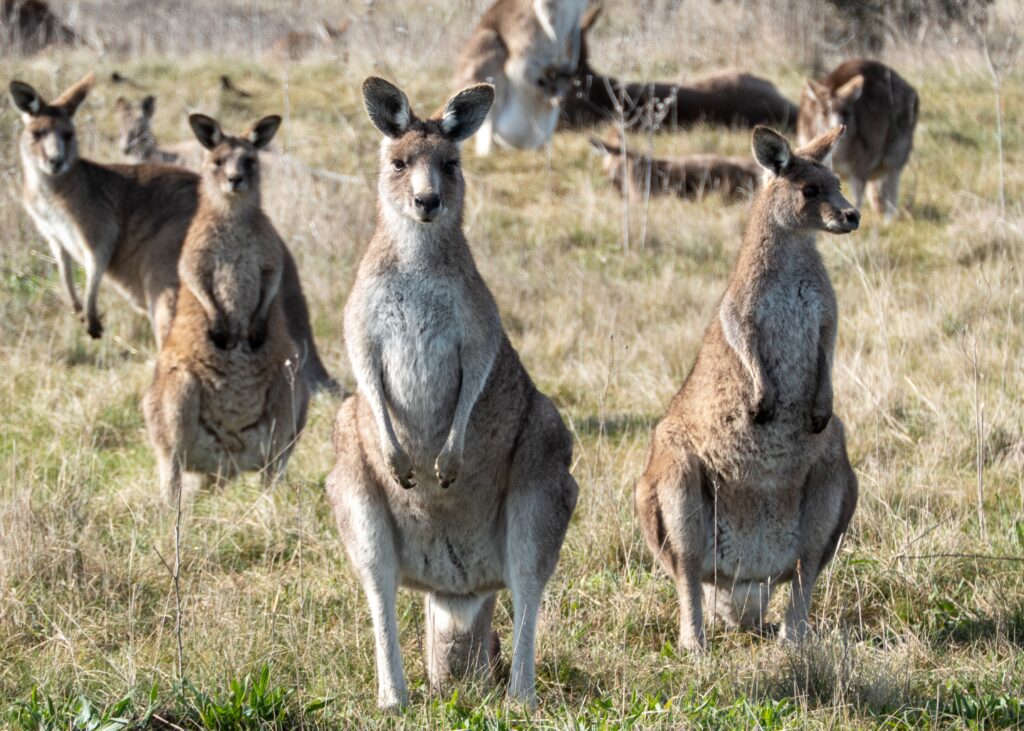
Kangaroos are one of the most iconic animals of the Australian Outback. These majestic marsupials can weigh up to 90 kilograms and can leap up to nine metres in a single bound! Kangaroos are social animals and often form large groups called ‘mobs’. They are also incredibly adaptable and can survive in a wide range of environments, from dry grasslands to dense forests.
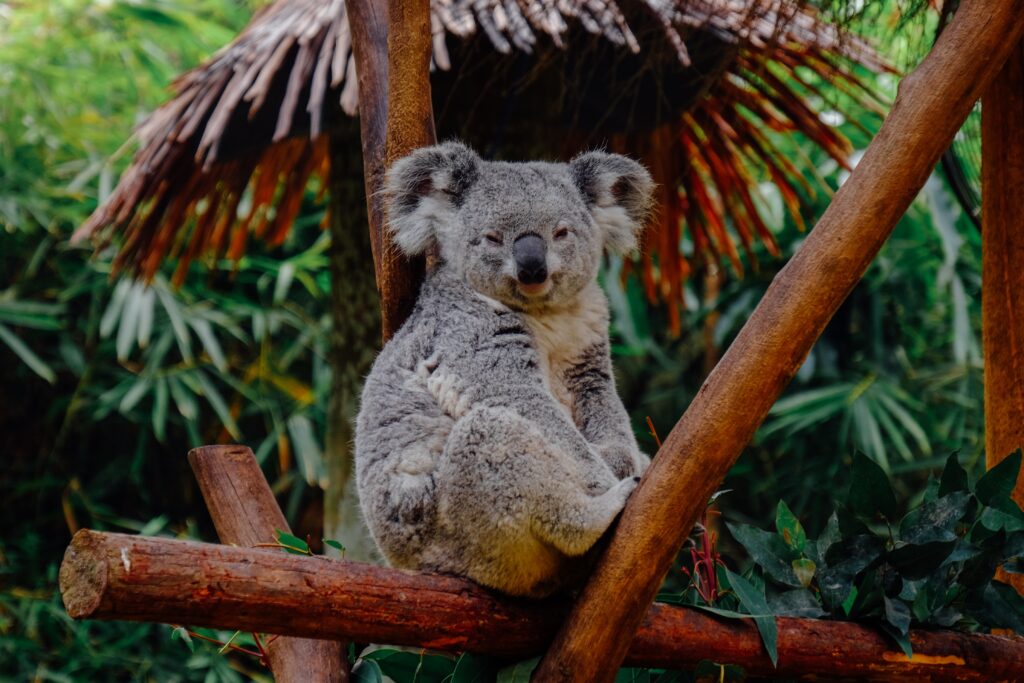
Koalas are another iconic animal of the Outback. Koalas spend most of their time in the eucalyptus trees, munching on their favourite food. These cuddly creatures are mostly nocturnal, but they can often be seen sleeping high in the trees during the day. Koalas are also a threatened species and there are many conservation efforts in place to protect them in the wild.
Bilbies are a lesser-known animal of the Outback, but one that is just as fascinating as the others. These small marsupials are nocturnal and live in burrows that they dig in the ground. They have long ears, which help them to detect predators and to cool themselves down in hot weather. Bilbies are also endangered and there are now several conservation programs in place to protect them in the wild.
The Outback is home to many more incredible animals, including dingoes, emus, wallabies, echidnas, and wombats. Every single one of these animals has adapted to live in the harsh environment of the Outback, and they are all an important part of the unique ecosystem.
So if you’re looking for an unforgettable adventure, why not take a trip to the Australian Outback and experience the incredible wildlife and landscapes for yourself?
Iconic Species of Australian Wildlife
Australia is home to some of the world’s most iconic and beloved wildlife species. From the cuddly koala to the fascinating kangaroo, these creatures have become symbols of the country’s unique environment. Here’s a look at some of the most iconic species of Australian wildlife you’ll find Down Under.
The koala is perhaps the most iconic of all Australian animals. These cute marsupials are found in the eastern and southern parts of the country and are best known for their love of eucalyptus leaves and sleepy nature. Koalas can be found in forests and woodlands, although their habitat is under threat due to human activity.
Another of Australia’s most recognisable creatures is the kangaroo. These marsupials can be found in all parts of the country and come in a variety of sizes and shapes. They’re well-known for their hopping gait, their large muscular tails and their ability to swim.
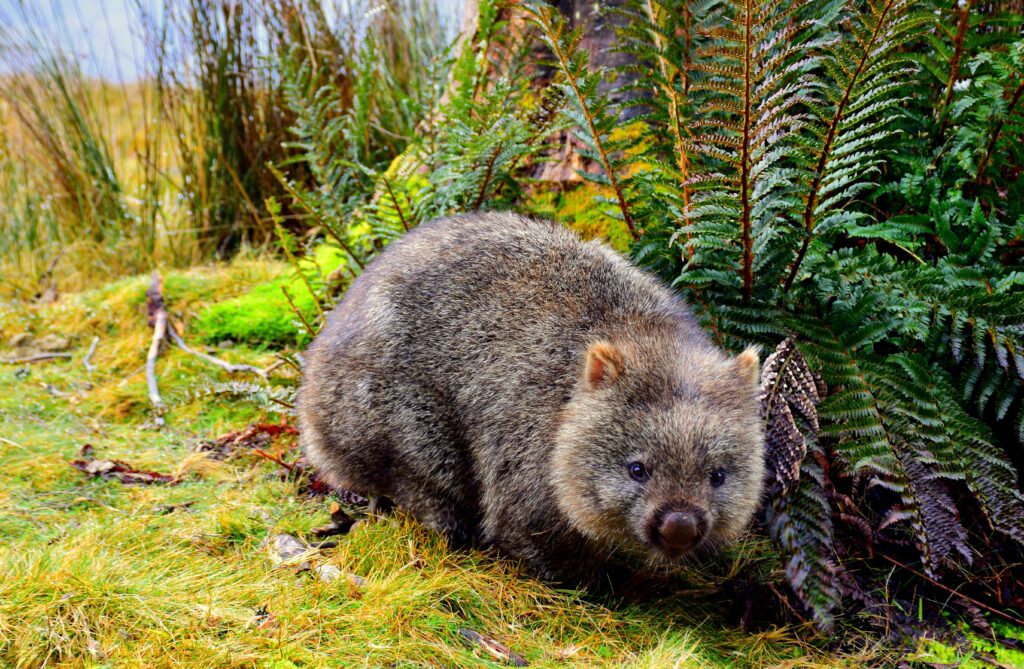
The wombat is another marsupial that is found in Australia. These short-legged, long-nosed animals are mainly nocturnal and are found in the southern and eastern parts of the country. Wombats are most commonly seen in grasslands, open woodlands and forests.
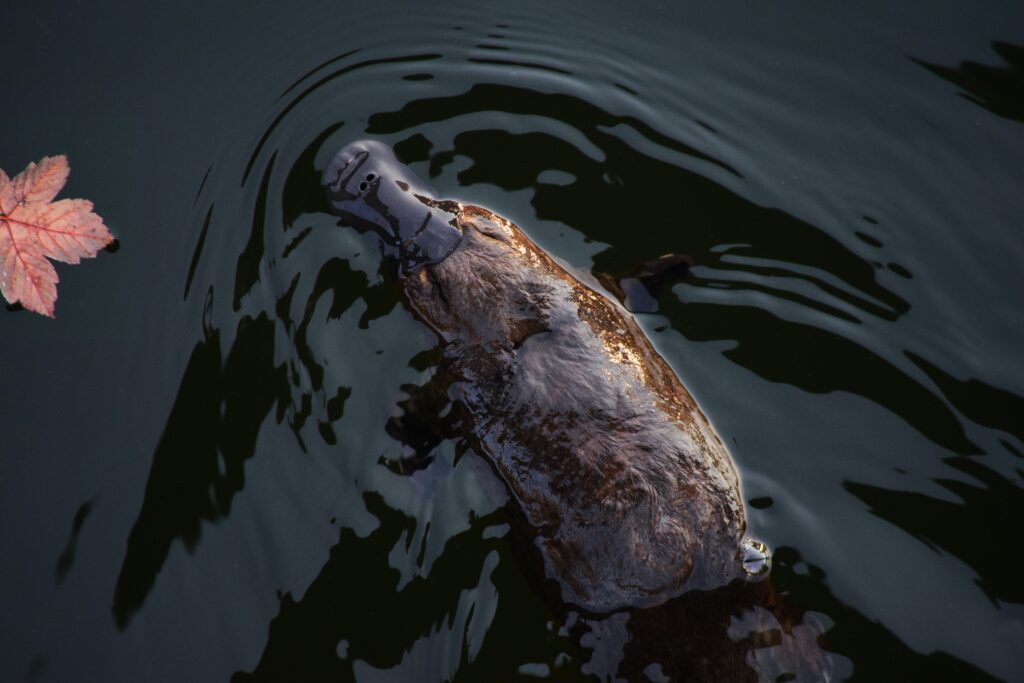
The iconic platypus is one of Australia’s most unique species. These semi-aquatic animals are only found in the eastern part of the country and are easily recognisable by their distinctive bill and webbed feet. Platypuses are mostly found in rivers and streams, where they feed on small aquatic animals.
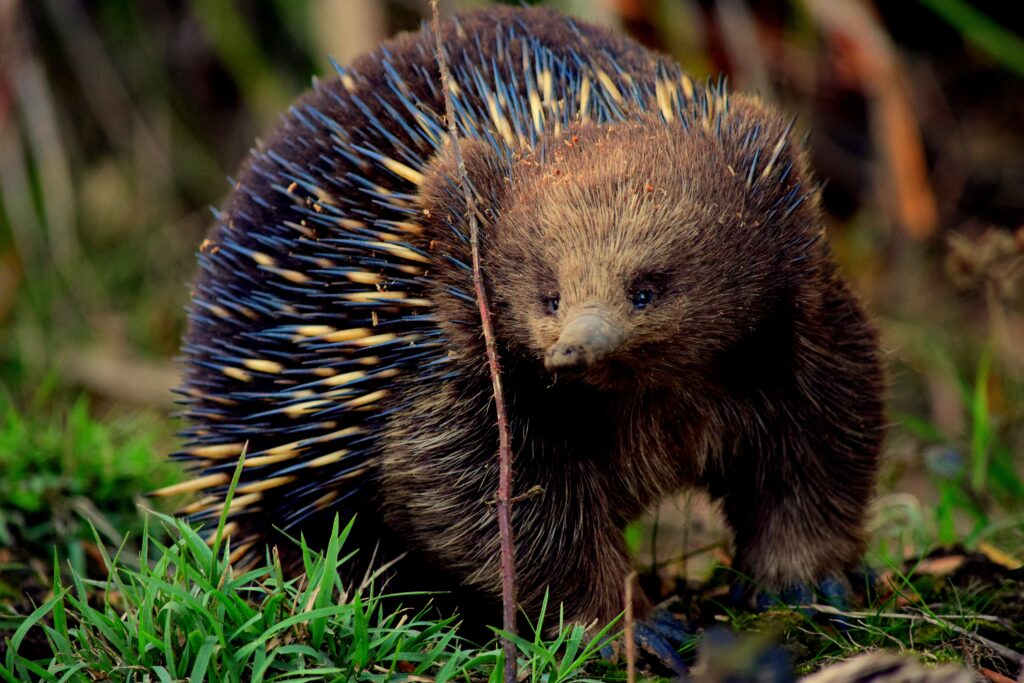
The echidna is another of Australia’s unique animals. These spiny mammals are found in all parts of the country and are easily recognisable by their long snouts and spines. Echidnas are mostly solitary creatures, and feed on ants and termites.
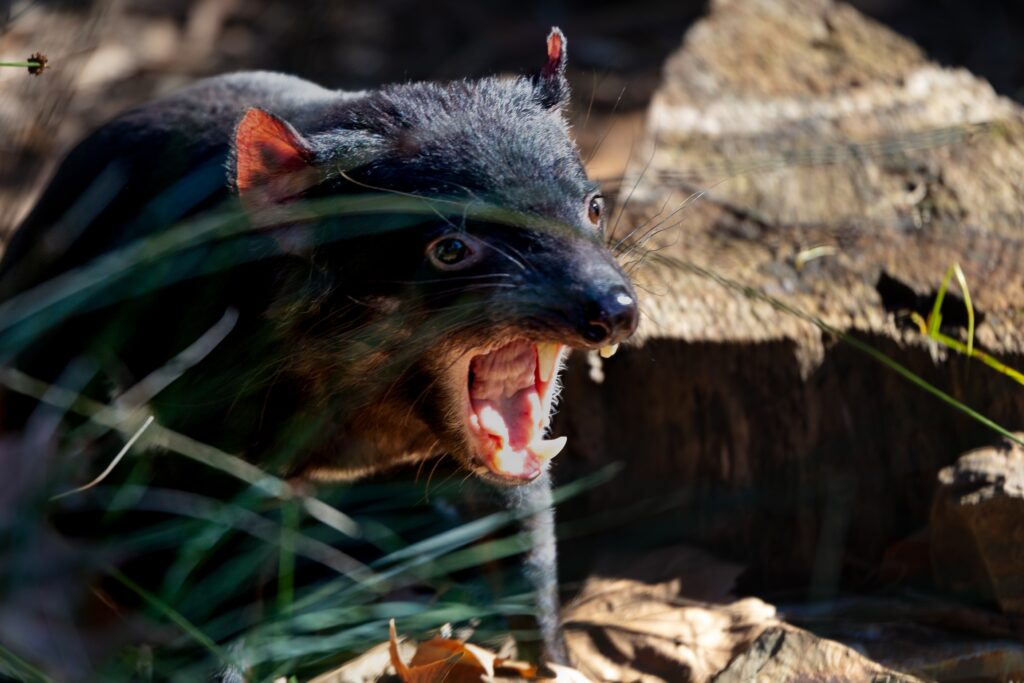
Finally, the Tasmanian devil is one of the most unique species in Australia. These small marsupials are only found on the island of Tasmania and are easily recognised by their black fur and distinctive screech. Tasmanian devils are mostly found in woodlands and forests, where they feed on small animals.
These are just a few of the amazing and iconic species of Australian wildlife. Whether you’re lucky enough to spot one in the wild or just admire them from afar, these unique creatures are sure to bring a smile to your face.
The Importance of Conservation for Australia’s Wildlife
Australia is a nation that prides itself on the abundance of its unique wildlife, and it’s important that we continue to do everything we can to conserve and protect this incredible biodiversity. Conservation is vital in preserving our wildlife and ensuring the ongoing health of our natural environment. Wildlife conservation plays an important role in protecting endangered species, maintaining ecological balance and sustaining the world’s natural resources.
As a country, we have a responsibility to ensure the longevity of our wildlife and its habitats. We must take steps to reduce the impact of human activities and ensure that our wildlife can thrive in a safe and sustainable environment. There are a number of initiatives that can be taken to ensure the protection of our wildlife and their habitats.
One of the most important steps we can take is to become more aware of our own actions and how they may be affecting our wildlife. We need to ensure that our activities, whether it’s driving, fishing or any other activity, are not impacting negatively on our wildlife and their habitats. We must also ensure that our actions are not contributing to the destruction of habitats, as this can have a devastating effect on the wildlife and their natural environment.
We can also help to protect our wildlife by supporting conservation organisations that are working hard to protect our unique wildlife and their habitats. These organisations play an important role in raising awareness of the need for conservation and undertaking important research and monitoring activities.
It’s also important to support sustainable farming practices and responsible land use. This helps to ensure that our land is being used in a way that doesn’t damage our wildlife or their habitats. Sustainable land use helps to protect our farmland, forests and other natural habitats.
Finally, we must ensure that the laws and regulations in place are enforced to protect our wildlife and their habitats. We must ensure that the appropriate penalties are in place for those who fail to comply with the laws and regulations that have been put in place.
Conservation of our wildlife is essential for their survival and for the health of our environment. We must take steps to ensure that our unique wildlife and their habitats are protected and preserved for future generations to enjoy. By supporting conservation initiatives and taking steps to reduce our own impact on the environment, we can help to ensure the ongoing health of Australia’s wildlife and their habitats.
Tips for Viewing and Experiencing Australia’s Wildlife
Australia is home to some of the most incredible wildlife in the world, and there’s no better way to experience it than by going out and seeing it in person! Whether you’re on a visit to Australia or you’re a local looking for a new way to appreciate your homeland, here are some tips for getting the most out of your wildlife viewing experiences:
Research: Before you head out, do some research about the wildlife in the area you’re visiting. Make sure you know what type of animals you may encounter, and what the best times of day are to see them.
Be Respectful: Remember that you’re entering the animals’ home, so always be respectful. Keep your distance and don’t disturb any wildlife you encounter.
Bring the Right Gear: Depending on where you’re visiting, you may need to bring some gear. If you’re going to be walking around, make sure you have comfortable shoes, and if you’re going to be in the water, bring a life jacket.
Be Patient: Wildlife viewing can take time, so don’t expect to see an animal right away. Be patient and take your time – the longer you wait, the more likely you are to spot something.
Listen and Look: Keep your eyes and ears open while you’re out in nature. Listen for the sound of birds or other animals, and look for signs of movement in the trees or on the ground.
Be Prepared: Make sure you’re prepared for anything while you’re out in nature. Bring a first aid kit, plenty of water, and a snack just in case.
Protect Your Valuables: Keep your valuables safe while you’re out in nature by bringing a waterproof bag or container. This will help protect your belongings from the elements.
Enjoy Yourself: Above all else, make sure you enjoy yourself! Wildlife viewing can be a great way to connect with nature, so take the time to appreciate the beauty of Australia’s amazing wildlife.
Conclusion
In conclusion, Australia is a magnificent place to visit, and its wildlife is a prime attraction. The country is home to some of the most unique and spectacular animals and plants in the world. From the iconic koala and kangaroo to the majestic whales and colorful birds, Australia has it all! With its diverse range of habitats and ecosystems, Australia offers an unforgettable experience for wildlife enthusiasts and nature lovers alike. So, what are you waiting for? Australia is calling, and it’s time to explore and appreciate the amazing Wildlife of Australia!
1. What are the top wildlife destinations in Australia?
Australia is home to some of the most diverse and unique wildlife in the world. Top wildlife destinations in Australia include the Great Barrier Reef for marine life, Kangaroo Island for kangaroos and koalas, Kakadu National Park for crocodiles and bird species, Tasmania for Tasmanian devils, and the Daintree Rainforest for a variety of wildlife species.
2. How can I experience wildlife responsibly in Australia?
To experience wildlife responsibly in Australia, opt for eco-friendly wildlife tours led by knowledgeable guides who prioritize animal welfare. Avoid interacting with wildlife in captivity or feeding wild animals. Choose accommodations that support conservation efforts and respect the natural habitat of the wildlife.
3. What are the conservation efforts in place to protect Australian wildlife?
Australia has several conservation efforts in place to protect its unique wildlife, including the establishment of national parks and protected areas, breeding programs for endangered species, wildlife rescue and rehabilitation centers, and initiatives to combat threats like habitat loss, climate change, and poaching.
4. What are some lesser-known wildlife species in Australia?
Australia is home to a wide range of lesser-known wildlife species, including the quokka, numbat, echidna, bilby, and cassowary. These unique animals are not as well-known as kangaroos and koalas but play important roles in the Australian ecosystem.
5. How can I support wildlife conservation efforts in Australia?
To support wildlife conservation efforts in Australia, you can donate to reputable wildlife conservation organizations, volunteer at wildlife rescue centers, participate in citizen science projects, choose sustainable and ethical wildlife tourism experiences, and spread awareness about the importance of protecting Australia’s wildlife for future generations.